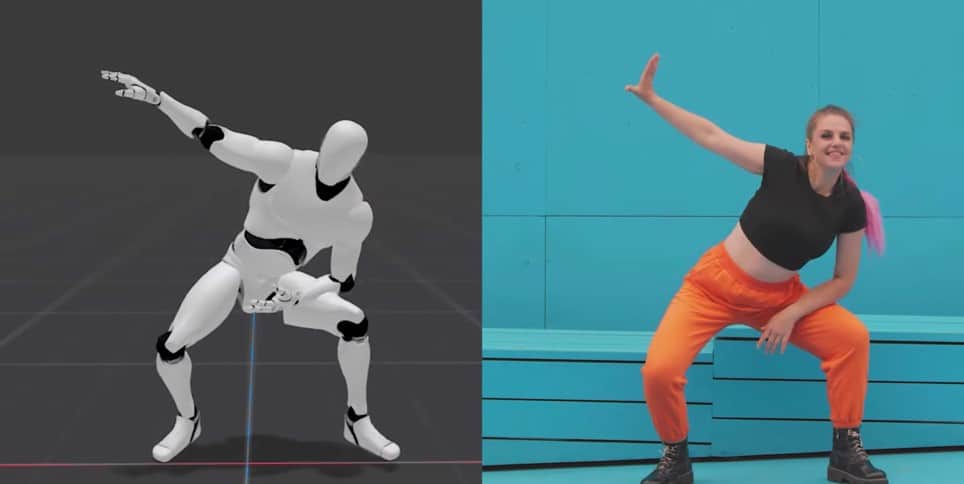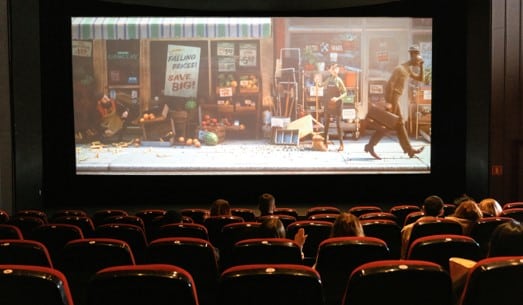Since the second half of the 20th century, animation has undergone a remarkable evolution. It began with the introduction of CGI, as seen in groundbreaking films like Jurassic Park, followed by the rise of 3D animation with Toy Story and the explosion of VFX technology in movies like The Matrix.
As artificial intelligence began to transform the technological landscape, some have acclaimed that this might be a new wave of ‘Animation 3.0. AI is set to play a major role in automating tasks in animation. Here are some of the ways AI is expected to upgrade and revolutionize the industry:
Storyboards
AI tools are revolutionizing the way storyboards are created. With the help of these tools, animators can generate complete storyboards quickly and easily, allowing creative ideas to evolve and be refined throughout the process. A written script can be transformed into a storyboard in minutes using AI, with companies like Storyboarder offering image-to-video and animation features to enhance the storytelling process.
AI could also help interpret a client’s or director’s goals and vision with greater accuracy.
Background Changes
AI can be used to generate realistic backgrounds from scratch or to enhance existing ones. Companies like Runway ML allow users to upload a filmed (or animated) video clip and use AI to apply a new look or entirely change the scene, background, or characters.
Movement Animation
AI’s impact will be most noticeable in the cleanup and in-between phases of animation, where the initial keyframes are transformed into smooth, fluid motion. Once animators provide their keyframes, AI can quickly generate high-quality in-between animations, streamlining the process and reducing manual effort.
In addition, AI is set to enhance motion capture technology. Companies like Plask offer the ability to create motion capture data from a 2D video source. AI algorithms interpret the 2D footage to create a fully 3D dataset for animators to work with.

Face Animation
AI animation software is transforming the way facial expressions and physical gestures are simulated, enabling more natural and subtle shifts in character movement. Some examples include using speech signals to generate realistic animations of adult faces. This technology has valuable applications in creating lifelike virtual reality avatars and in-game characters. By integrating AI into character animation, the visual appeal is enhanced, while also opening up new possibilities for dynamic and immersive storytelling.
Closing word
The global animation market is projected to see substantial growth, with its value increasing from USD 392.54 billion in 2022 to an estimated USD 779.73 billion by 2032. Animation is no longer limited to movies; it is increasingly essential in simulation software and solutions across a variety of sectors, including healthcare, education, defense, entertainment, media, manufacturing, construction, and architecture. The increasing prevalence of AI technologies will not diminish the need for animators; in fact, it will amplify the demand for more skilled professionals.
Sources: Stormy Studio, SAE, Medium, Precedence Research.

